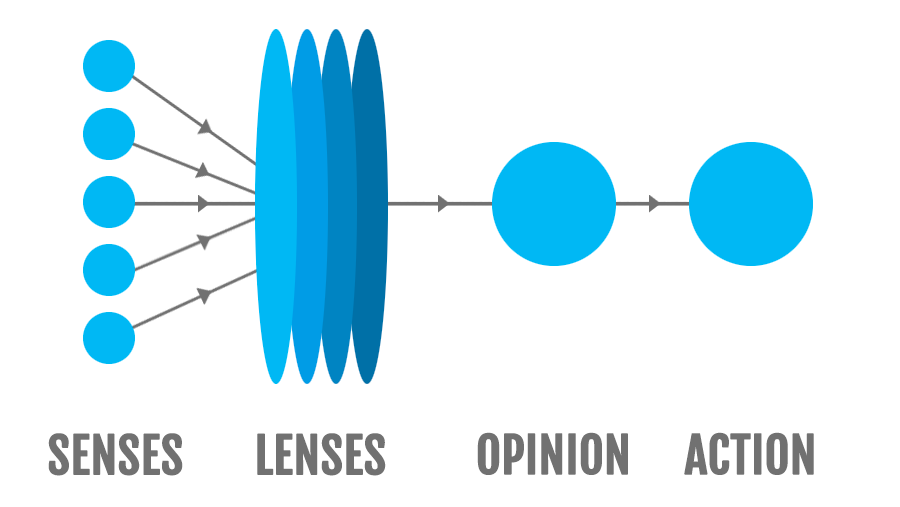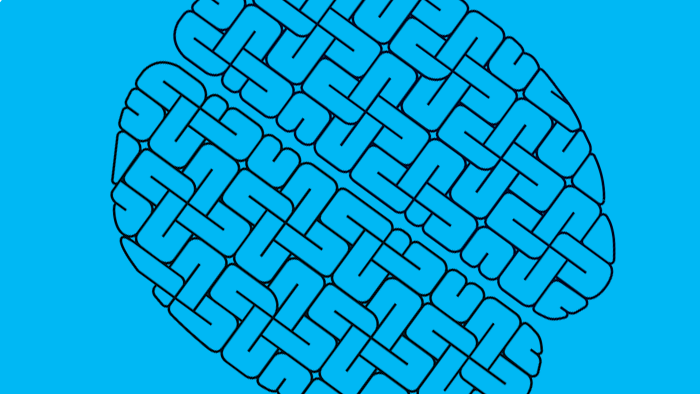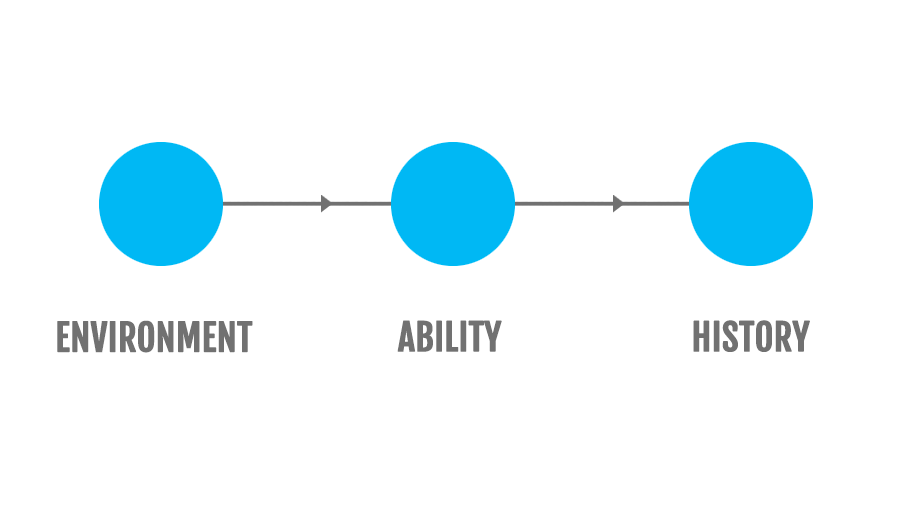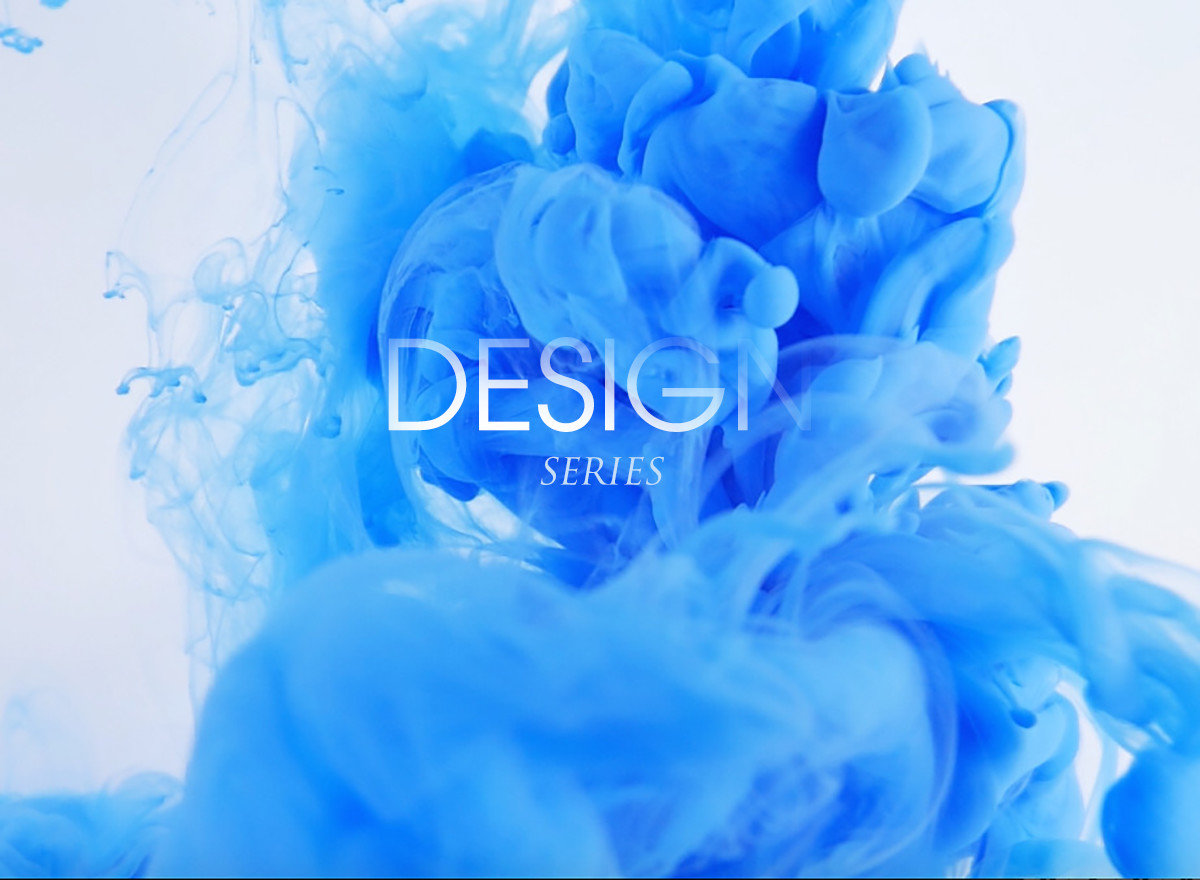How do we perceive design? What is it that makes us like a piece of design work?
Perception, for designers, is such an important thing. As designers, we attempt to shape perception to create loyalty or drive sales.
But why do users like what they like? What is it about a design that appeals to them and ultimately motivates them to revisit or buy something?

Signals and Senses
It all starts with a signal. As humans, we have 5 typical senses that collect signals or stimulus.
- Sight
- Sound
- Smell
- Touch
- Taste
We could argue there are three key factors that either heighten or lower the level of strength for these signals.
1. Environmental
(How the sense is presented in the given environment).
- Sight: contrast and clarity
- Sound: low/high volume, tone, frequency
- Smell: subtle or strong
- Touch: smooth, sharp, flexible, brittle
- Taste: texture, strong, subtle
Web designers and graphic designers will primarily focus on sight. Sound and touch may also be considered to enhance the design or for reasons relating to accessibility.
2. Ability
A user's ability to receive key senses relative to their physical health. For example, the loss of a sense or a physical defect will affect the sensitivity level.
3. Historical and Learnt Perception
Historical perception is a broad spectrum. Users may possess a hypersensitivity in one area due to historical lessons and formed memories. For example, A user that has lost sight may have developed more reliant sensitivity through another sense.
The 5 senses are clear. Once a message has been received, the user can either acknowledge or ignore the stimulus and determine a suitable response.
Inner filters or lenses
A sense has been received now what happens? We could argue that the stimulus passes through a number of inner filters or lenses. Such lenses could include:
- Established Ideals of Strength and Power
- Formed Memories
Goals and Ambitions
Is this stimulus a threat or of benefit to my personal ideals?
Judgment is made based on personality, group/shared mentality and aspirations.
Formed Memories
What does history, education and experience tell me about this stimulus? In response, I associate this type of stimulus with this event.
The Response
We can simplify a user response into two general categories.
A considered response
A calculated and relatively infrequent choice is made.
An automatic response
A simple response is made for the stimulus. Repetition has likely created an 'autopilot' way of dealing with such responses.
The touch of a paving stone beneath your foot prompts a step forward as you walk.
The Role of Memory
Our memory helps us to remember the correct response to a stimulus. It is thought that some memories are used subconsciously and others are more considered.
For example, a footstep does not need to be thought about. This type of memorised process is implicit. Implicit memories are etched into our psyche.
More considered memories are referred to as explicit memory. These may include; facts, dates, numbers and words and episodic events.
While the two are different, it is claimed that implicit memory can influence explicit memory.
Associations
We all have fond memories. It might be a favourite film, place or person. The memory will usually be vivid and strong. By associating with and by making a piece of design that is remindful of this, we can tap into parts of the emotion and cultivate a similar response to a new idea or concept.
Conditioning in design:
A user has repeatedly navigated websites that feature a top navigation and judges key links to be positioned at the top of a page. Implicit memory suggests this to be true of the next website they visit.




